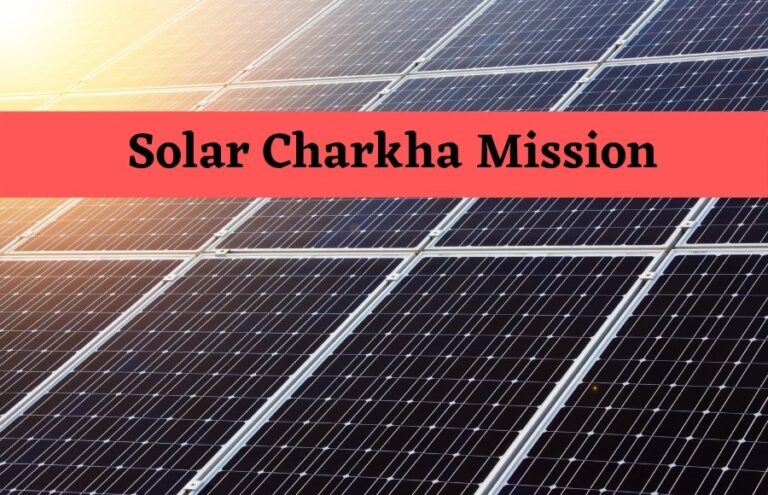At present, the population of rural India is 65.07% of the total population and is increasing at a rate of 0.29% every year, out of which approximately half is female. However, most of them are deprived and are not allowed to work, study, or sometimes even step out of the house. This is exactly who SREI wishes to empower and grow.
Away from their reality, living in the comfort of our house, we feel the world is developing but often we forget about those living in these villages, which we call the whole truth of India. We at SREI believe in making everyone empowered, from those as young as studying in school to those who couldn’t study a single word. Of the many initiatives such as teaching underprivileged children, SIRAGU is a not-for-profit venture of SREI Foundation for public welfare and charity which aims to empower women by providing them a unique platform for self-development and independence, financial support through scholarships, and much more. One of their major initiatives includes the Solar Charkha mission.
The Solar Charkha Mission, as the name itself, suggests, not only aims at empowering women but also works towards the betterment of the environment and the country as a whole. Talking about the initiative, in brief, the mission’s main objective is to empower the women of the rural village named Baraiya, Bihar. The solar charkhas are installed for the women so that they can become self-reliant and economically independent.
How does this initiative help rural women?
This would help them not just in the short term but can be seen as a long-term investment. One of the major benefits of this initiative is that it will allow women to cut threads in these charkhas. This would help them earn more than what they were earning as daily wage earners, while also helping them increase their productivity, the quality of their work, as well as make more products in less time. These products can then directly be sold to the government, instead of doing it through a mediator, which in return will give them a chance of earning Rs 200-250/day (6k-10k per month approximately).
What has been done so far?
As of now, 25 solar charkhas and 5 solar looms have been installed which is most likely to go up to at least 100. The major plan is to turn Lakhipur into a textile hub where almost 5 crores of employment will be generated in near future. Setting Tamil Nadu’s Trichur as a model Bihar wants to make the textile industry flourish in the districts and give a golden future for the youth. The women will be given proper training to cut thread in looms.
How does this benefit the country?
The project is going to create employment for more than 1 lakh young women in the future. Furthermore, it will not just create employment for those living in the village but also for those living near it. This in turn will make rural India as a whole a self-reliant place, thereby increasing the country’s GDP. This project will also help in the long run with exports to other countries.
As individuals of developing nations, we need to understand that we need to grow as a country, and not as a world that includes each individual together. Developing only particular areas or states should not be the plan. Most importantly, neglecting the rural population of India just creates a liability for the rest of India. However, if we use our existing resources and their skills, we can easily make them our biggest assets.
![]()



